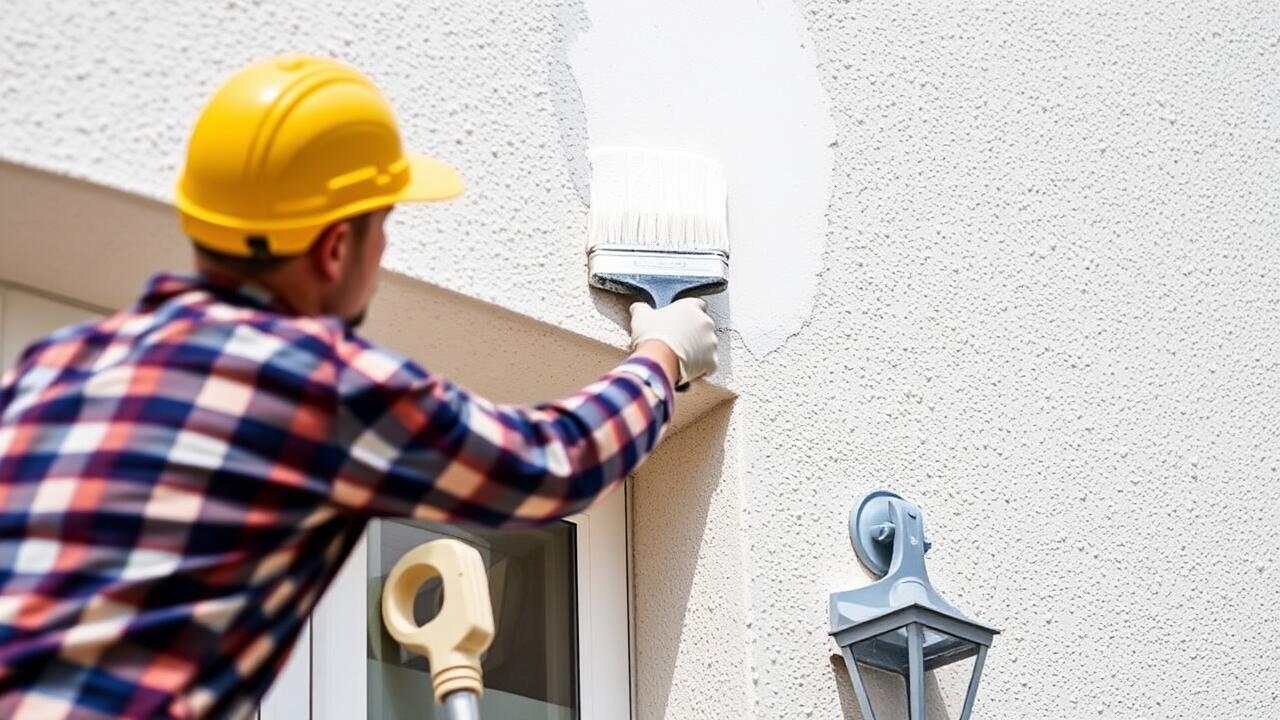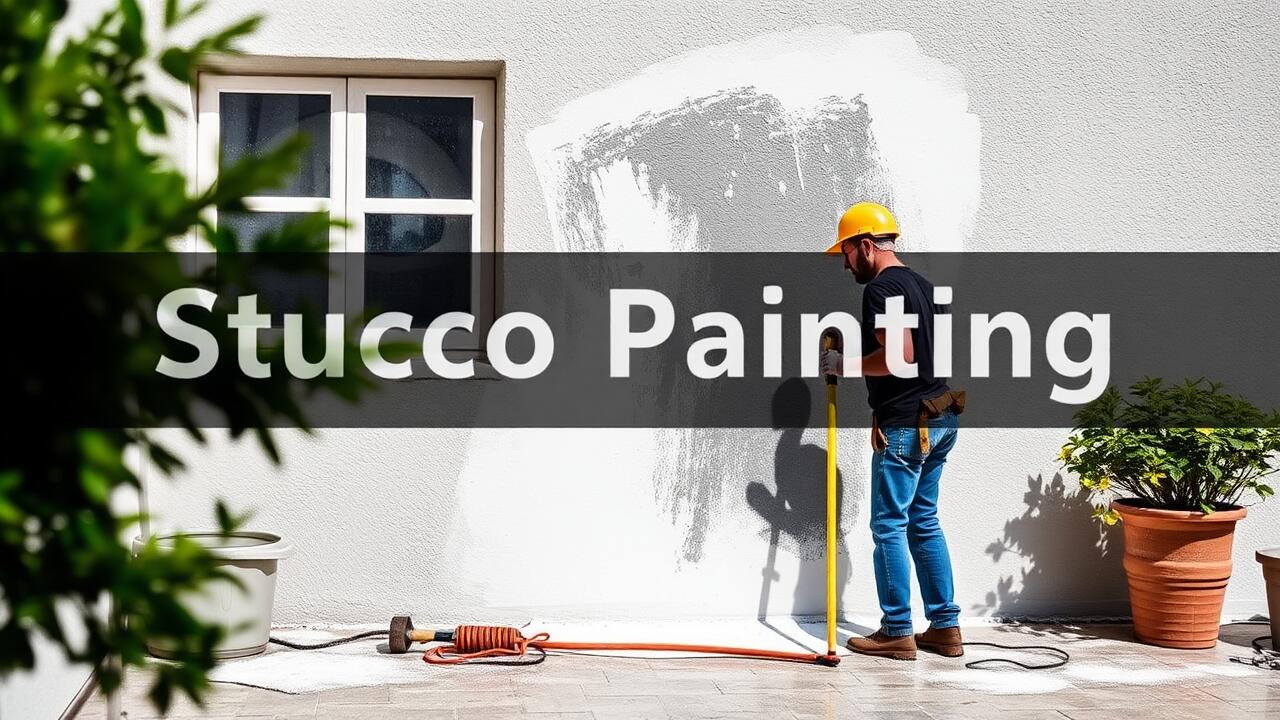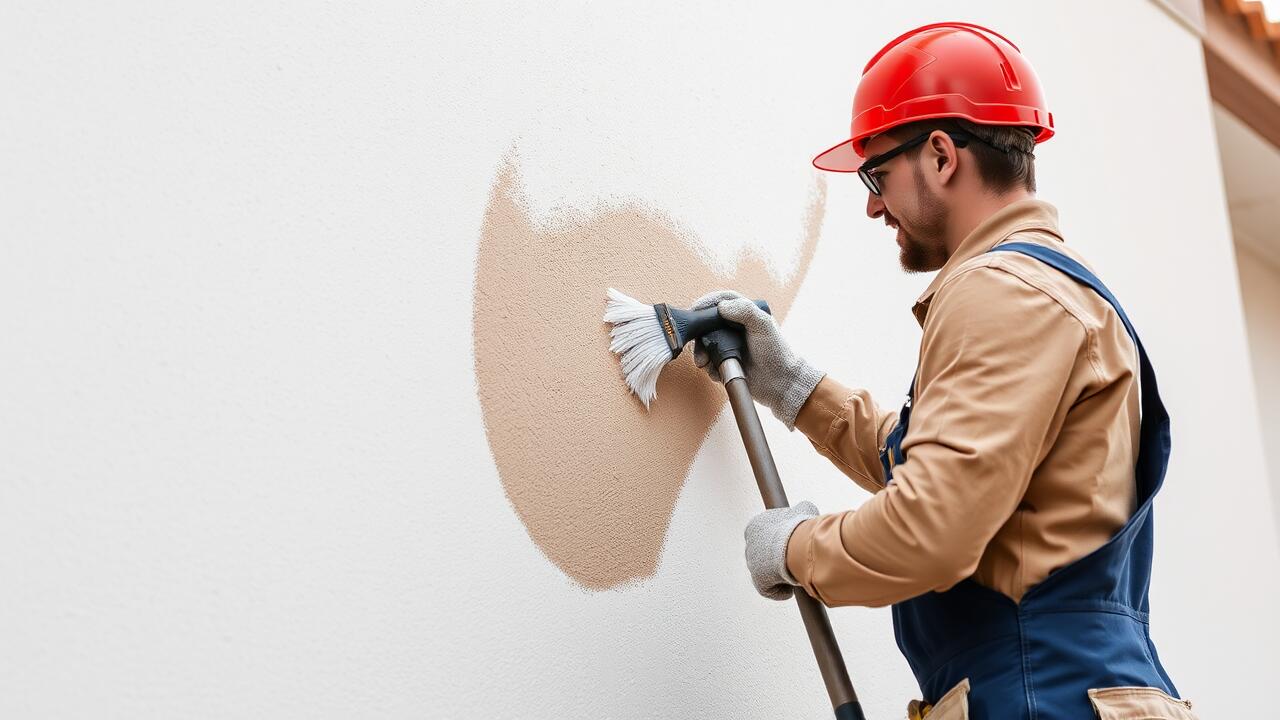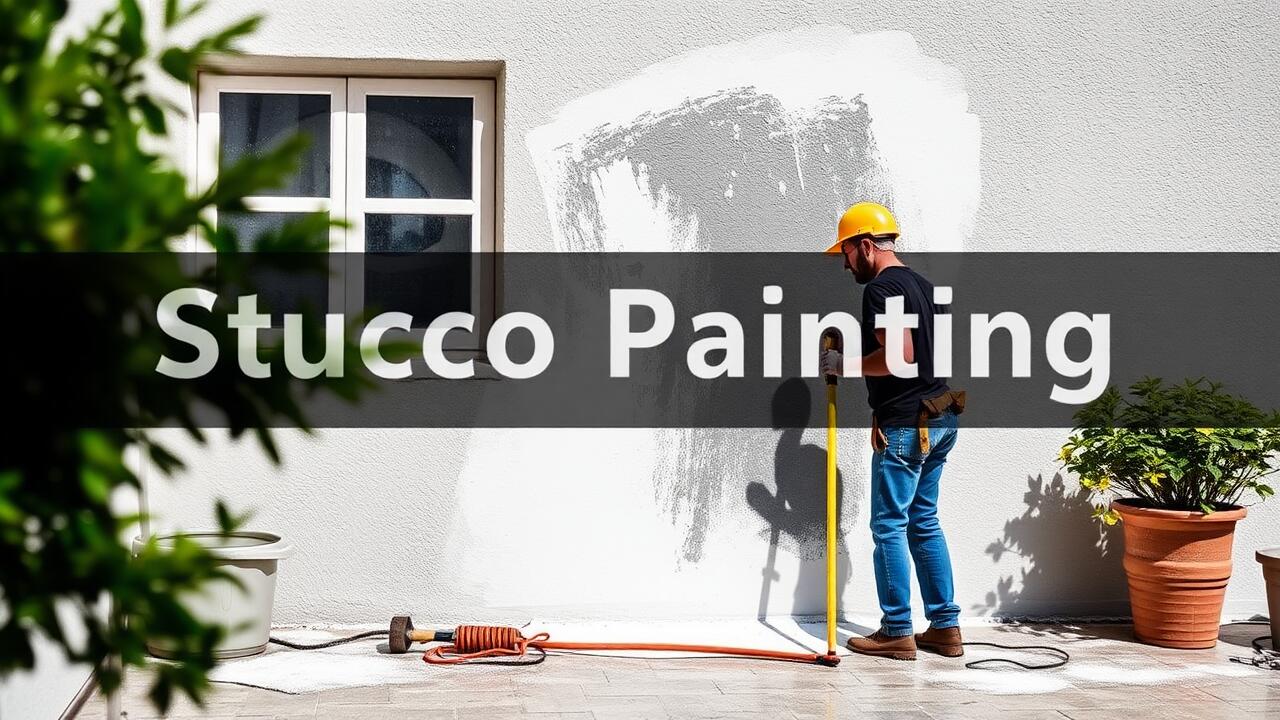
Color and Energy Efficiency
When considering the best color for exterior stucco, one must take into account energy efficiency. Lighter colors tend to reflect sunlight, which can help keep homes cooler during hot months. This reflective quality can lead to lower energy costs, particularly in regions that experience high temperatures. Homeowners seeking to improve energy efficiency can benefit from selecting shades like soft whites or pastel hues.
On the other hand, darker colors absorb heat and can increase indoor temperatures. This absorption may require more energy for cooling, potentially leading to higher utility bills. Individuals interested in optimizing their stucco's energy performance should seek professional advice, such as searching for “Stucco Painting near me.” Local experts can provide guidance on color choices that balance aesthetic appeal and energy efficiency.
How Light and Dark Colors Affect Temperature
The choice of color for exterior stucco can significantly influence the thermal dynamics of a building. Light colors, such as whites and pastels, reflect sunlight, helping to keep homes cooler in hot climates. They can reduce the heat absorption of surfaces, which often results in reduced energy costs for cooling. Darker colors, on the other hand, tend to absorb more heat, potentially leading to higher interior temperatures and increased demand for air conditioning.
Homeowners considering stucco painting should think carefully about the color they choose based on their local climate. Those who search for “stucco painting near me” may find options that reflect their preferences while also taking energy efficiency into account. This consideration ensures that aesthetic appeal aligns with practical benefits, leading to a more comfortable living environment overall.
Local Regulations and HOA Guidelines
Many homeowners overlook the importance of local regulations and homeowners association (HOA) guidelines when choosing exterior colors for their stucco. These regulations often dictate acceptable color palettes to maintain a consistent aesthetic throughout the community. Ignoring these rules can lead to costly fines or demands to repaint, making it essential to research any restrictions before undertaking a project. Consulting HOA guidelines can clarify what colors are permissible and help in making informed choices.
Finding options for “Stucco Painting near me” can also provide insights into popular trends in your area. Local painting services may be familiar with community rules and can guide homeowners toward colors that comply with regulations. This local expertise ensures that the chosen hue aligns aesthetically with the neighborhood while still allowing for some personal flair. Engaging with professionals knowledgeable about both stucco painting and local standards can simplify the selection process significantly.
Navigating Community Standards for Color
When considering exterior stucco colors, it’s essential to be aware of local regulations and guidelines mandated by homeowners associations (HOAs). Many communities have established specific color palettes to maintain uniformity and uphold the aesthetic value of the neighborhood. Homeowners should review these guidelines before making any color choices. Failing to comply with these regulations can result in fines or mandatory repainting.
To navigate community standards effectively, homeowners may consult online resources or speak directly with their HOA representatives. Finding local contractors who specialize in stucco painting can provide valuable insights into acceptable colors. Searching for "Stucco Painting near me" can help locate professionals experienced in working within specific community guidelines. Engaging with local experts ensures compliance while achieving the desired look for your home’s exterior.
Complementary Accents and Trim
When selecting complementary accents and trim for stucco exteriors, it’s essential to consider the overall aesthetic of the property. Popular choices include darker hues of wood or metallic finishes that contrast with the softer, muted tones of stucco. Colors like deep navy, charcoal gray, or rich bronze can add depth and sophistication, creating a visually appealing harmony. Homeowners often search for “Stucco Painting near me” to find local professionals who can help ensure the trim and accents are applied flawlessly, enhancing the home’s curb appeal.
In addition to color, the material used for trim accents plays a significant role in achieving a cohesive look. Options such as wood, vinyl, or composite materials can create striking contrasts against the textured surface of stucco. Techniques like using a semi-gloss finish for trim can also add an elegant touch, reflecting light and drawing attention where desired. Consulting with local stucco professionals can provide valuable insights into color pairing and techniques, ensuring the chosen accents complement the home’s unique character.
Best Colors to Pair with Stucco
Choosing the right accent colors to pair with stucco can enhance the overall aesthetic of your home. Earthy tones like warm browns and soft greens create a natural harmony, especially when paired with traditional stucco colors. These shades complement the texture of stucco and contribute to a cohesive look. Alternatively, bold colors like navy blue or deep charcoal can provide a modern contrast, making a striking statement while still maintaining an appealing balance.
When searching online, consider looking for "Stucco Painting near me" to find local professionals who can guide you on choosing complementary colors that work well with your stucco. Neutral shades such as whites or grays can serve as a clean backdrop for vibrant trim colors, allowing architectural details to shine. Ultimately, the best pairing will depend on your personal style and the overall vibe you wish to create in your outdoor spaces.
FAQS
What color is best for exterior stucco?
The best color for exterior stucco often depends on personal preference, local climate, and community guidelines. Generally, lighter shades can enhance energy efficiency and keep your home cooler, while darker colors can absorb heat.
How do light and dark colors affect the temperature of stucco?
Light colors reflect sunlight, which helps to keep the home cooler, while dark colors absorb heat, potentially making the interior warmer. This can influence energy costs and comfort levels inside the home.
Are there any local regulations regarding stucco colors?
Yes, many communities have local regulations or Homeowners Association (HOA) guidelines that dictate acceptable exterior colors for homes. It's important to check these regulations before choosing a color for your stucco.
What are some examples of complementary colors to pair with stucco?
Complementary colors that work well with stucco can include neutrals like white, beige, or gray, as well as earthy tones like sage green or warm terracotta. These colors can enhance the overall aesthetic of your home.
Can I change the color of my stucco after it has been applied?
Yes, you can change the color of your stucco after it has been applied, typically through painting or resurfacing. However, make sure to choose a product that is compatible with stucco and suitable for outdoor use to ensure durability.



